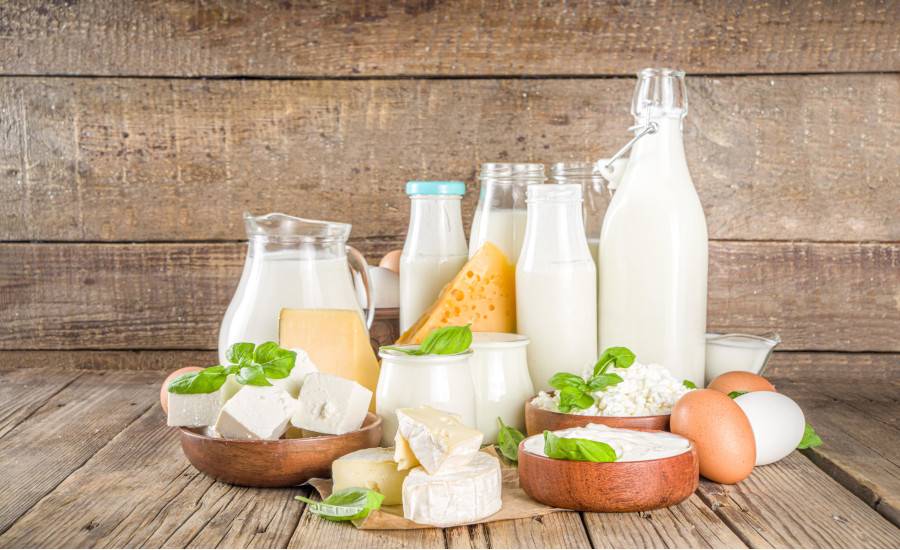
A top government official warned on April 5 that the country may consider importing dairy products if they are in short supply due to stagnating milk output in the previous fiscal year. After reviewing the stock position of milk in Southern states, where the flushing (peak production) season has begun, the government will intervene to import dairy products such as butter and ghee if necessary, he added.
According to official figures, milk output in the country was 221 million tonne in 2021-22, up 6.25 percent from 208 million tonne the previous year. Animal Husbandry and Dairy Secretary Rajesh Kumar Singh said at a press conference that the country's milk production remained stagnant in the fiscal year 2022-23 due to lumpy skin disease in cattle, while domestic demand increased by 8-10% due to a rebound in post-pandemic demand.
"There is no such thing as a milk supply limitation in the country. There is a sufficient supply of skimmed milk powder. (SMP). However, stocks of dairy products, particularly fats, butter, and ghee, are lower than the previous year," he noted. After reviewing the stock condition of milk in Southern states, where the flushing (peak production) season has begun, the government will intervene to import dairy products such as butter and ghee, he said.
However, Singh noted that imports may not be profitable at this moment because international prices have been firm in recent months. "Importing is pointless if global prices are high. We'll assess the flush season in the rest of the country before making a decision," he said. The shortfall will be less severe in north India, where the lean season has been postponed due to untimely rainfall in the last 20 days, he noted.
According to the secretary, milk output in the country has remained flat due to the impact of lumpy skin disease, which killed 1.89 lakh cattle last year, and the post-pandemic increase in milk demand. "The impact of lumpy skin disease on cattle can be felt to the point where total milk production becomes somewhat stagnant. Milk output has typically increased at a rate of 6% each year. However, it will either be static or expand at a rate of 1-2 percent this year (2022-23)," Singh predicted.
Because the government only considers milk production data from cooperatives rather than the broader private and unorganized sectors, "we assume it will be stagnant," Singh added. According to the secretary, milk output in the country has remained flat due to the impact of lumpy skin disease, which killed 1.89 lakh cattle last year, and the post-pandemic increase in milk demand.
"The impact of lumpy skin disease on cattle can be felt to the point where total milk production becomes somewhat stagnant. Milk output has typically increased at a rate of 6% each year. However, it will either be static or expand at a rate of 1-2 percent this year (2022-23)," Singh predicted. "Because the government only considers milk production data from cooperatives rather than the broader private and unorganized sectors, we assume it will be stagnant," Singh added.
















